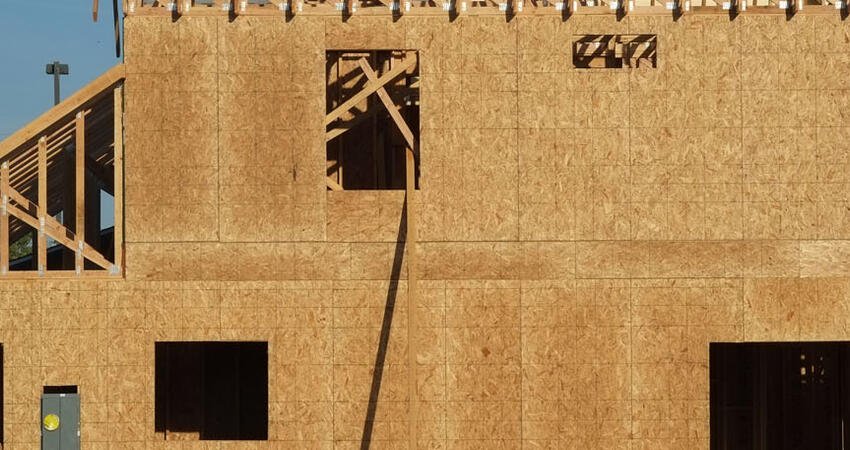
What Role Does Informal Housing Play in Markets with Limited Affordable Housing?
- Title:
- What Role Does Informal Housing Play in Markets with Limited Affordable Housing?
- Author:
-
Jake Wegmann, Sarah Mawhorter
- Source:
-
Journal of the American Planning Association
- Publication Date:
-
2017
Across the United States, an increasing demand for housing clashes with a limited housing stock and tight development restrictions. Informal housing has emerged as a more affordable alternative, especially for low-income families. Evidence suggests that informal housing—or housing that doesn’t involve permits for construction and includes permanently parked travel trailers and garages converted into apartments—is common in many cities. This is a concern for many policymakers, who worry about unsafe living conditions that can affect residents’ health and the fiscal toll informal housing can take on a city. To fill the void of data on informal housing, this study evaluates the phenomenon at the level of local jurisdictions over time. The authors used decennial census data for 1990, 2000, and 2010 to estimate informal construction in California, which they chose primarily because of the state’s high median home value and the variations in its housing markets. They found that informal housing plays an important role in providing low-cost rentals in markets where this housing is hard to come by. The authors urge other researchers to contribute to this body of data and intend for their findings to inform planners and policymakers at the local, state, and federal levels to help harness the potential of informal housing while addressing its dangers.
Key findings
- Informal housing production was associated with lower household incomes at the city level in the 1990s and 2000s. This is consistent with the idea that informal housing is weighted toward the lower end of the market.
- More informal construction accompanied higher homeownership rates in both decades, as expected because much informal urban construction documented before this study involves homeowners adding units to their homes.
- Informal housing production in the 1990s was associated with higher levels of income inequality between owners and renters, higher rental vacancy rates, and increases in labor force participation. In the 2000s, informal housing production was associated with tighter housing markets and lower rental vacancy rates. This shows a shift in informal housing construction from places with strong job demand and slack rental housing markets in the 1990s to places where there’s a strong need for housing at the lower end of the market in the 2000s.
- Informal housing production was slightly higher in cities with lower population densities in the 1990s and 2000s. This was unsurprising because low-density cities offer more land to build and fewer neighbors and regulators to scrutinize.

